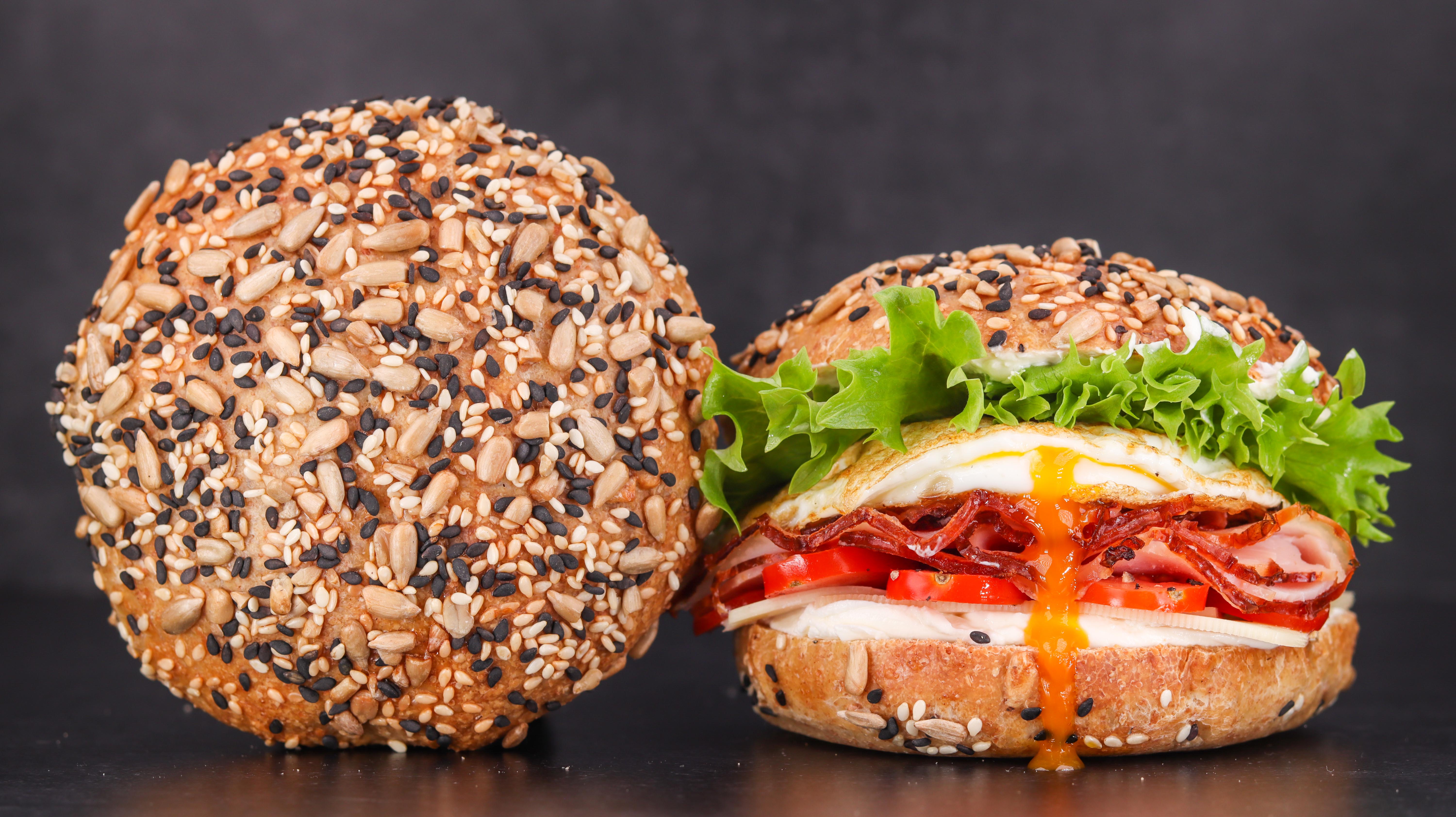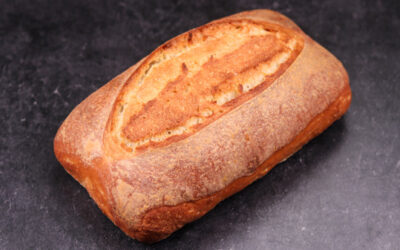Buckwheat is my favourite carbohydrate to eat on a regular basis. It has a unique delicious flavour (especially the toasted kind) and a pleasant texture. It’s super easy to cook, it’s also gluten-free, and it has numerous health benefits. Growing up I was eating it all the time and even now I continue to enjoy it a few times every week. If you have never tried it, I would highly recommend you do. It will be a great alternative to rice.
Porridge is a way of adding cooked grains to bread dough in order to make it stay fresh for longer. Depending on which type of grain is used it could also add a nice texture and flavour to that bread. Since I love buckwheat so much, I thought I’d try and incorporate it into my next loaf, and it worked out beautifully.
You can replace the buckwheat in this recipe with any other grain. Cook it until it is soft and there is no water left, leave it to cool down, and then add it to the dough. Replace the linseeds with any other seeds that you prefer. Play around with the ratio of flours and the hydration. It’s your bread, make it how you like it.
This recipe makes a medium sized loaf perfect for a 20cm (8in) banneton. It will also hold its shape as a free-standing loaf or perhaps 4 separate buns.
Watch the video down below for detailed instructions.
Ingredients
For the buckwheat porridge –
40g (1.4oz) buckwheat
100g (3.5oz) water
Pinch of salt
For the dough –
280g (9.9oz) white bread flour
20g (0.7oz) whole wheat flour
3g (0.1oz) instant dry yeast or 3.6g (0.13oz) active dry yeast or 9g (0.32oz) fresh yeast
6g (0.21oz) salt
20g (0.7oz) brown linseeds
200g (7oz) water
To learn more about no-knead bread dough temperature control click here.
The flour I use has a protein content of 13%. If your flour is weaker, then you may need to lower the hydration.
If you are using active dry yeast, then you may need to let it sit in the water for 10 minutes before adding the other ingredients or else it could take a lot longer to raise the dough.
Method
- Cook the buckwheat. In a small pan combine the buckwheat, water, and a pinch of salt. Place on the cooker and bring up to a boil. Cover and turn the heat down low. Cook for 20 minutes or until the water has been absorbed and the buckwheat has split open and developed a fluffy appearance. Transfer to a bowl and mix the linseeds into it. Cover and leave to cool down completely.
- Make the dough. In a large bowl combine the water, yeast, salt, whole wheat flour, and the buckwheat-linseed mix. Stir to dissolve the salt.
- Add the white bread flour and mix to a dough. *Desired dough temperature 24C – 25C (75F – 77F). If your dough is cooler like mine was in the video, then let it ferment at room temperature for 30 minutes. If it is at the desired temperature, then refrigerate it right away for 30 minutes.
- Fold the dough and place it back into the fridge for 12 – 24 hours of cold fermentation.
- Remove the dough from the fridge and shape it into a tight ball. Cover and rest for 30 minutes.
- Shape the loaf and place it in a proofing basket. It could also be made as a free-standing loaf on a baking tray.
- Cover and proof for 2 hours. During the final hour of fermentation pre-heat the oven and the baking vessel to 220C (430F) fan on or 240C (465F) fan off.
- Invert onto the hot pan, score, spray with water, cover, and bake for 25 minutes with the lid on.
- Remove the lid and place the loaf back into the oven for another 10 – 15 minutes until you are happy with the colour of the crust.
Leave to cool down and enjoy!
Keep in mind that the conditions in each kitchen are different, so fermentation times may vary for you. It is up to the baker to control the bread and react accordingly.
Your oven may be different too, so your baking time may vary.



